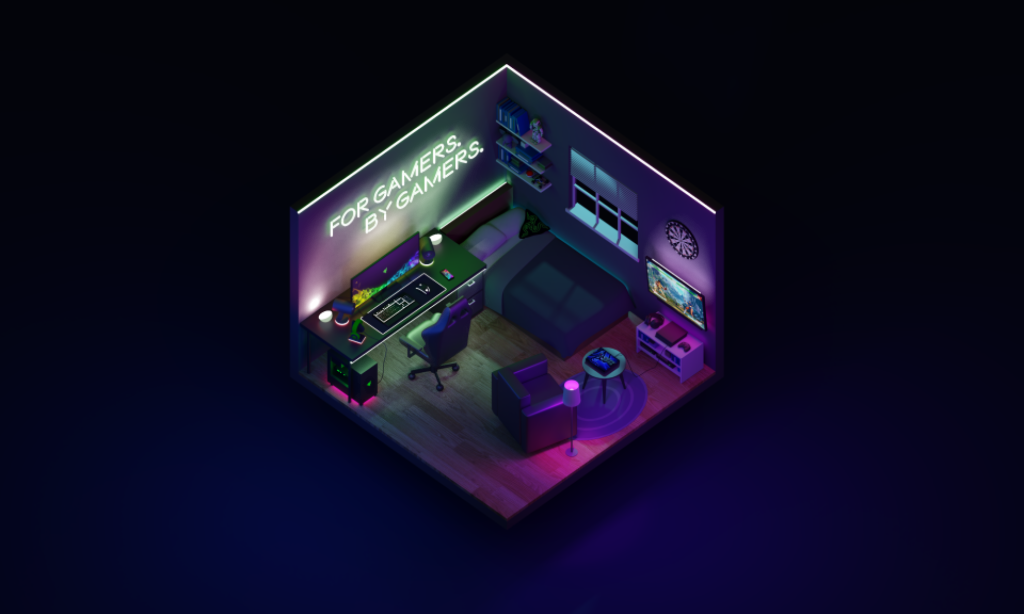At the beginning, we went through what a simple CG comp may include, which is distortion, roto, color correction and distortion back.

Then, we learned how to do the basic grade match.

Gain for the wanted color
Whitepoint for the original color


Adjust Lift in the Grade
Take the darkest part

Take the yellow part

Then we can see the difference between the previous one and the one after the adjustment


Other nodes in Arnold Multipass Comp:



